“Just now?” you may be saying in mock surprise. To you I say, “Shut up!” in my jerkiest voice, which I have just now realized is more seriously jerky than I had previously assumed.
What did I do that was so jerky? Well, nothing, really. That’s just it. I did nothing because I am a jerk. Instead of doing something that any reasonably non-jerky person would have done, I did nothing, and then I thought so much about how I didn’t do anything that I became overcome with guilt for my inaction and felt compelled to seek penance in the confessional of my blog.
As I do about once a week or so, I spent much of the day today at Coffman Memorial Union at the University of Minnesota. Never mind the fact that I am neither student, nor faculty, nor staff, nor alumnus. (Nor do I know whether or not it’s grammatically correct to use “neither” with that many “nors,” although I suspect it is not.) SLP is on the faculty, and my frequent visits correspond to our weekly-ish lunch dates.
Anyway… at one point in the day I was in the B-level men’s room, and I noticed an abandoned Droid on a sink basin. No, no no, no. I didn’t take it. I didn’t take it to keep (which I shouldn’t, and wouldn’t do; I’m a jerk, not a thief). I also didn’t take it to the lost and found (which… well). I just left it there.
Several hours later I was back in that men’s room, and before leaving I wanted to check and see if the Droid was still there, this time intending to do the right thing and take it to the lost and found. But for the entire time I was in the men’s room, there was some other guy standing at the sink right next to the sink the Droid had been left on. God knows what he was doing that he needed to spend that much time at the sink, but it was too far away from the urinal I was using for me to go over to it without seeming weird, and going over there after I had washed my hands at a different sink would seem even more weird, and besides, I was just getting pissed at that guy for taking so damn long at the sink!
People who take forever doing whatever they’re doing in public restrooms always bug me, perhaps because it prevents me from taking forever myself without feeling self-conscious about it. Perhaps I’m just resentful of guys who are so indifferent to what jerks like me think about them, that they can happily go about whatever it is they want to do without worrying. Because I worry a lot, about things both important and irrelevant.
Obviously.
In the end, I never did find out what happened to the Droid, nor did I figure out why that guy needed to spend so long at the sink. Come to think of it, I didn’t really learn anything from this whole experience. If anything I’m even more bitter and worried than I was before. What a jerk.
 There were two huge news events yesterday, both of which made me more hopeful about the future of our nation, for drastically different reasons.
There were two huge news events yesterday, both of which made me more hopeful about the future of our nation, for drastically different reasons.

